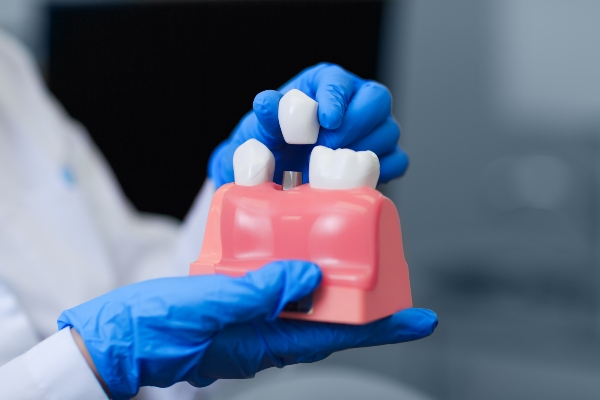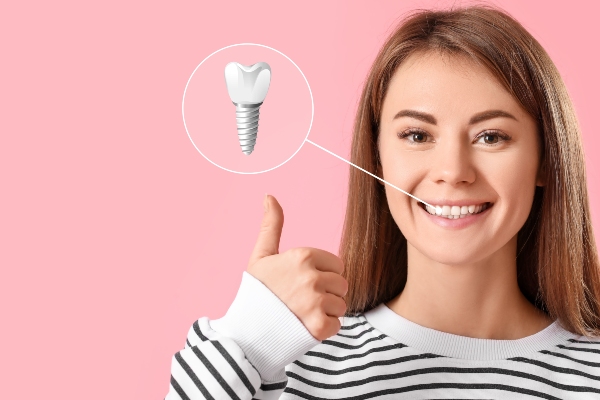Dental Bonding and Other Treatments From a Cosmetic Dentist

What is a cosmetic dentist? According to the American Academy of Cosmetic Dentistry (AACD), cosmetic dentistry is dentistry aimed at creating a positive change to your teeth and to your smile...(a)esthetic dentistry must complement the overall general and oral health of the patient."
This article will cover the most popular procedures performed by cosmetic dentists, as well as the issues that can be fixed by bonding.
Popular cosmetic dentistry procedures
A cosmetic dentist usually performs one or more of the following procedures:
Composite bonding
Bonding is a procedure in cosmetic dentistry that can help fix your teeth's damaged enamel. Enamel can be damaged in a number of ways, including by cracks, chips or gum disease. Composite bonding involves the application of a putty-like resin to the damaged teeth. The cosmetic dentist chooses the correct shade of resin and then shapes to match the tooth's natural appearance.
Dental veneers
Dental veneers are a medical-grade ceramic that is made for your individual teeth — this means they will not cause inflammation or allow bacteria to grow. A cosmetic dentist can make them look realistic and they are used for crooked teeth, cracked teeth or even damaged enamel.
Implants
A cosmetic dentist will use dental implants to replace lost teeth. An implant is typically used instead of a denture because dentures can cause damage to the upper and lower jaw bones. When an implant is placed, it is almost indistinguishable from a normal tooth.
Inlays
An inlay (also known as an onlay) is a type of "indirect filling." They are a sort of middle-ground between a filling and an implant.
Teeth whitening
This is usually the procedure that most people think of when they think of a cosmetic dentist. Teeth whitening is usually done with a peroxide bleach solution and sometimes the help of a UV light.
Dental issues that can be fixed by bonding
So when might you need bonding? Bonding is common for the following dental issues:
To alter or change the shape of a tooth
You may need this sort of procedure after trauma or damage to the tooth. If the tooth is cracked or chipped, then the shape will need to be adjusted to look natural.
To change the color of teeth
This is another method that your cosmetic dentist can use to whiten your teeth. Bonding comes in a variety of resin colors and a lighter resin can whiten the appearance of your teeth.
To lengthen a tooth that is too short
Similarly to changing or altering the shape of your tooth, if you have experienced trauma that shortens your teeth, bonding can help.
To repair cavities or tooth decay
For this procedure, your cosmetic dentist would drill the cavity and reseal it with bonding.
To remove gaps between teeth
Bonding can be used to extend the edges of the insides of teeth in order to close a visible gap.
To protect an exposed tooth root
It is common in certain types of gum disease for the root of a tooth to become exposed. When this happens, you can experience increased sensitivity. A dental bond can help repair this issue.
The bottom line
A cosmetic dentist has many procedures available to help resolve any issues you may have with your teeth, including bonding. Talk to one of our dental health professionals today.
Request an appointment here: https://metrosmiles.com or call Metro Smiles Dental at (718) 841-9591 for an appointment in our Forest Hills office.
Check out what others are saying about our dental services on Yelp: Cosmetic Dentist.
Recent Posts
Most people want to have dental implants right after dental extraction. Replacing the lost tooth is a priority. This can prevent more complications as the mouth heals. Understanding the process of getting implants after dental extraction can help prepare you for your appointment. Here are the details about getting dental implants after a dentist removes…
Peri-implantitis is a painful condition that affects the dental implant site. If left untreated, the consequences are irreversible, so it is important to maintain a checkup schedule with an implant dentist. However, an implant dentist can save your implants, gum tissue, and jawbone without much hassle if caught in its early stages. This article will…
Getting dental implants as a replacement for removable dentures can be a rewarding move. These restorations are stable and lasting. You can smile, laugh, eat, and speak without worrying that they will slip out of your mouth. Here are the benefits of getting dental implants over removable dentures.Dental implants are effective in restoring teeth. Unlike…
People with tooth loss can smile with confidence again, thanks to the help of an implant dentist. Tooth loss can greatly impact a person's quality of life, affecting how they speak, eat, and feel about their smile. Also, tooth loss can eventually lead to bone loss and changes in facial structure. Fortunately, an implant dentist…


